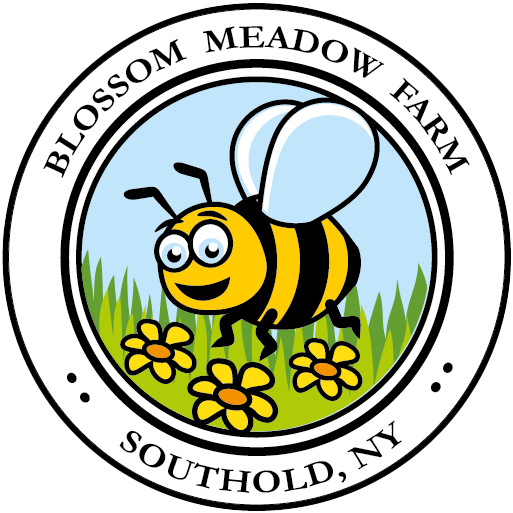Flower Flies
Welcome to the enchanting world of flower flies, also known as hover flies or syrphids - nature’s quiet champions of pollination. Adult flower flies visit flowers to feed on nectar and pollen to give them the energy and nutrients they need to reproduce. By visiting the flowers, the flower flies inadvertently pollinate the flowers. While bees often take the spotlight, flower flies boost food production and help sustain ecosystems.
Spotting Flower Flies
Flower flies are found on all continents except for Antarctica – evidence of their ability to adapt to a wide range of climates. They are most active in temps between 59–77°F, visiting flat-topped flowers including agricultural crops, daisies, yarrow, and Queen Anne’s lace.
Flower flies often fool the eye with their bee-like appearance, a clever disguise to ward off predators. But here’s how to tell them apart:
• Eyes: Look for their iconic "goggles." Flower flies have large, compound eyes.
• Wings: They have one pair of wings, compared to a bee’s two pairs.
• No Sting: Good news—they can’t sting and are entirely non-aggressive.
Fun fact: Male flower flies have eyes that touch, while females have a noticeable gap between theirs. Take a closer look at the "bee" buzzing by—it might be a friendly flower fly.
Family Tree
All true flies comprise the order Diptera which is one of the largest insect orders on earth with an estimated 1,000,000 species including horse-flies, crane flies, flower flies, mosquitoes and others (Wikipedia, 2024). There are about 6,000 described flower fly species (Syrphidae) worldwide and an estimated 812 species occur in North America (Miranda et al. 2013). Flower flies are found on all continents except for Antarctica. Each of the Syrphidae subfamilies (Eristalinae, Syrphinae, Milesiinae and Pipizinae) includes species that visit a wide range of flowers and transport pollen as adults. Eristalinae larvae are generally characterized as eating microorganisms found in watery mixtures of decaying organic matter. Syrphinae larvae are generally predators of small insects like aphids and serve as a welcome biological control in gardens.


